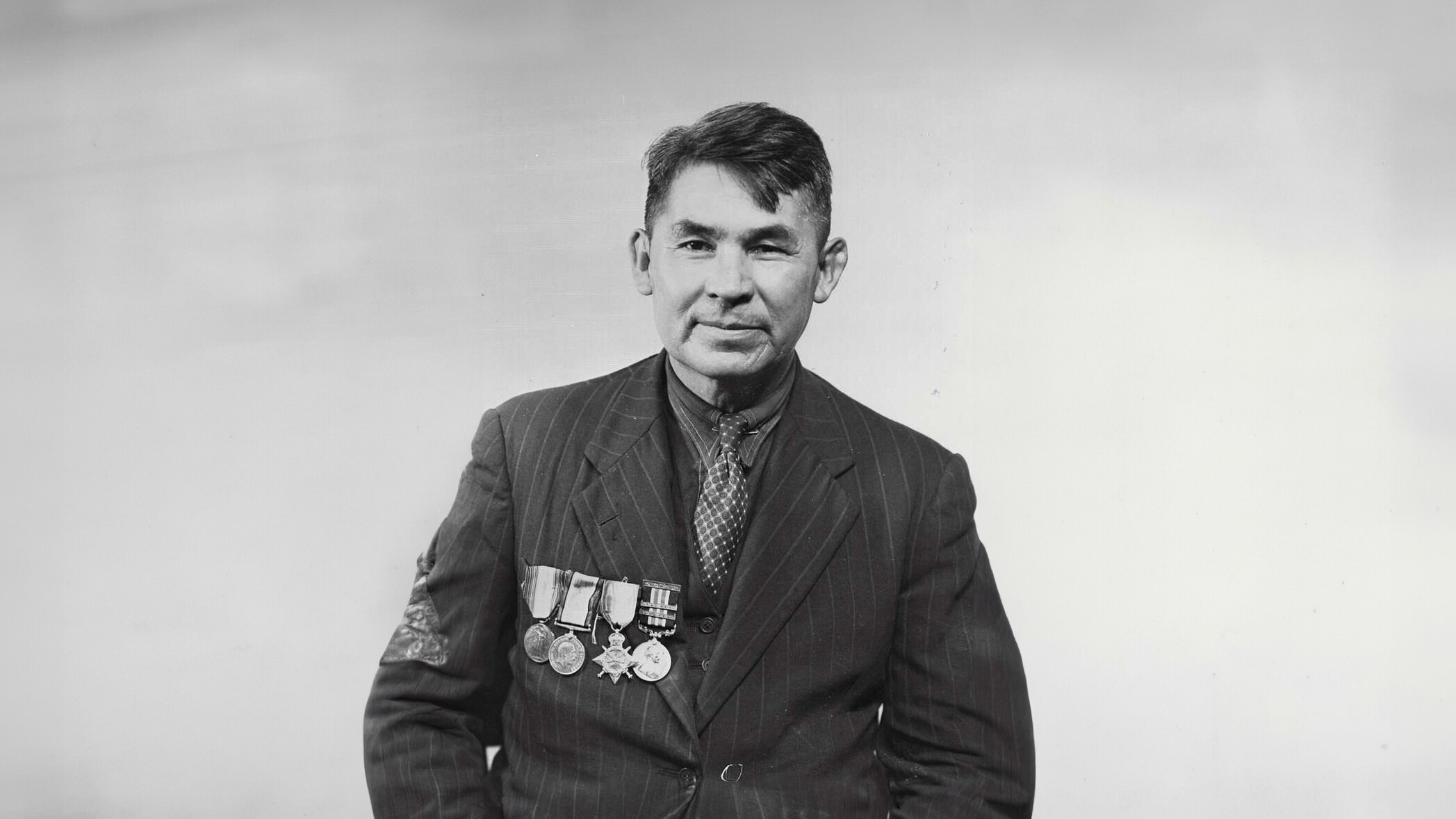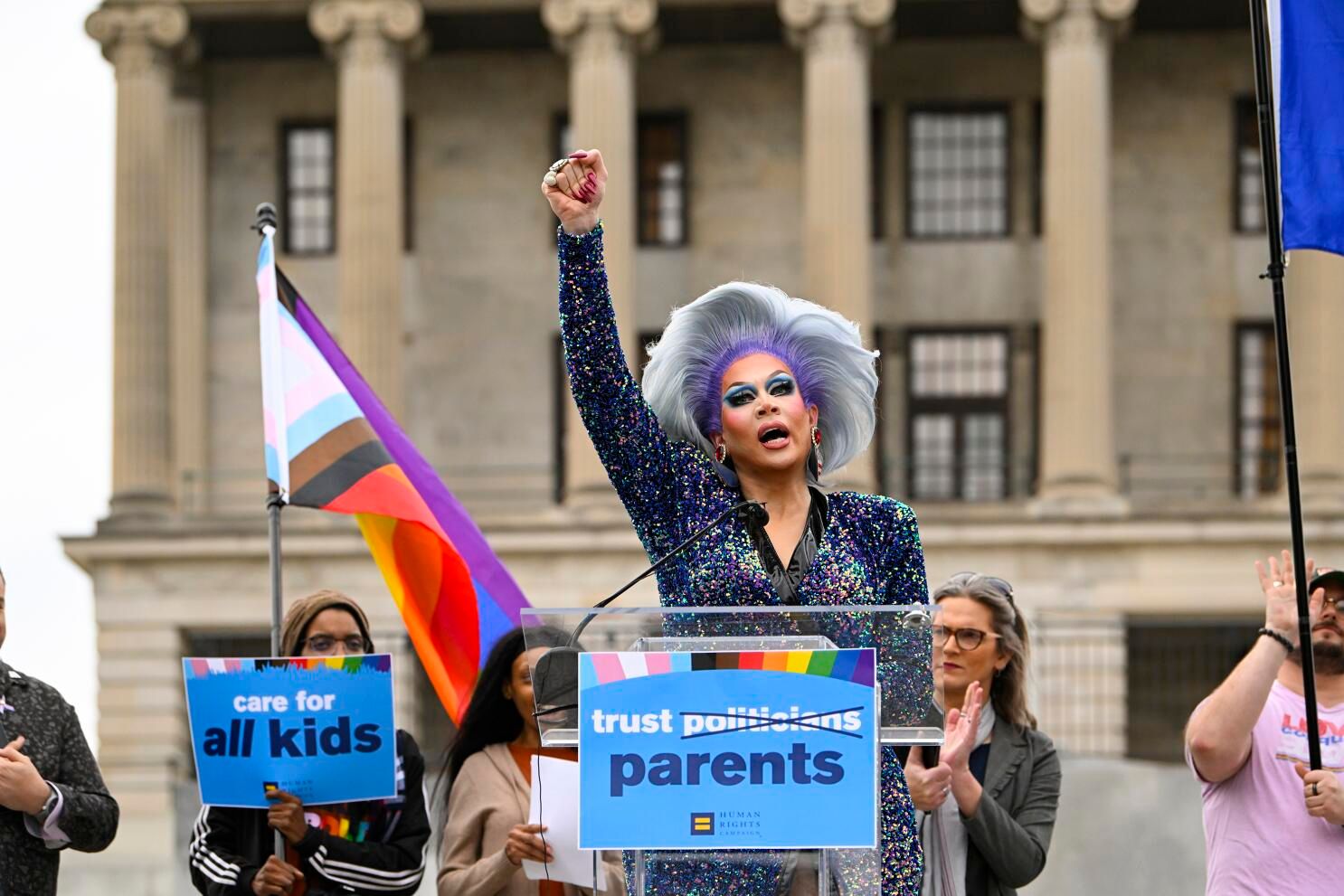
Who was Francis Pegahmagabow? Francis Pegahmagabow was a legendary figure in Canadian history. A First Nations soldier, he became one of the most decorated Indigenous soldiers in World War I. Born in 1889, Pegahmagabow hailed from the Wasauksing First Nation in Ontario. His bravery and skill as a sniper and scout earned him three Military Medals for gallantry. After the war, he continued to serve his community, advocating for Indigenous rights and working as a councilor and chief. His story is not just about military prowess but also about resilience, leadership, and dedication to his people. Want to know more? Here are 35 fascinating facts about this remarkable man.
Key Takeaways:
- Francis Pegahmagabow, a heroic Indigenous soldier, served with distinction in World War I, capturing 300 enemy soldiers and earning the Military Medal three times for bravery.
- Despite facing personal struggles, Francis Pegahmagabow's legacy as a tireless advocate for Indigenous rights and a symbol of resilience continues to inspire and impact Canadian history and culture.
Early Life and Background
Francis Pegahmagabow, a name that resonates with bravery and resilience, was a Canadian Indigenous soldier and a hero of World War I. His life story is filled with remarkable achievements and contributions.
- Born on March 9, 1891, in Shawanaga First Nation, Ontario, Francis was an Ojibwa of the Parry Island Band.
- His mother died when he was just a baby, and his father passed away shortly after, leaving him an orphan.
- Raised by his First Nations community, he grew up learning traditional skills like hunting and fishing.
- Francis worked as a marine fireman on the Great Lakes before enlisting in the military.
Military Service
Francis Pegahmagabow's military career is nothing short of legendary. He served with distinction during World War I, earning numerous accolades.
- Enlisted in the Canadian Expeditionary Force in August 1914, shortly after the outbreak of World War I.
- Served as a sniper and scout in the 1st Battalion of the Canadian Expeditionary Force.
- Known for his exceptional marksmanship, he was credited with 378 confirmed kills.
- Captured 300 enemy soldiers during his service.
- Awarded the Military Medal three times for acts of bravery in the field.
- Participated in key battles, including the Second Battle of Ypres, the Battle of the Somme, and Passchendaele.
Post-War Life
After the war, Francis continued to serve his community and advocate for Indigenous rights.
- Returned to Canada in 1919 and resumed his life on the Parry Island Reserve.
- Became a prominent leader in the Indigenous community, advocating for veterans' rights and better living conditions.
- Elected chief of the Parry Island Band in 1921.
- Served as a councilor for the band for many years after his term as chief.
- Worked as a trapper, guide, and laborer to support his family.
Advocacy and Legacy
Francis Pegahmagabow's legacy extends beyond his military achievements. He was a tireless advocate for Indigenous rights and left an indelible mark on Canadian history.
- Fought for the rights of Indigenous veterans who were often denied the same benefits as non-Indigenous veterans.
- Played a key role in the formation of the National Indian Government in 1943.
- His efforts contributed to the eventual recognition of Indigenous veterans' rights in Canada.
- Remembered as one of the most decorated Indigenous soldiers in Canadian history.
- His story has been the subject of books, documentaries, and plays, ensuring his legacy lives on.
Personal Life
Despite his many public achievements, Francis Pegahmagabow's personal life was marked by both triumphs and challenges.
- Married Eva Nanibush in 1919, and they had six children together.
- Struggled with the effects of war, including what we now recognize as PTSD.
- Known for his quiet demeanor and strong sense of duty to his family and community.
- Passed away on August 5, 1952, at the age of 61.
Honors and Recognition
Francis Pegahmagabow's contributions have been recognized in various ways, ensuring his story continues to inspire future generations.
- Inducted into the Indian Hall of Fame in 1957.
- A statue in his honor was unveiled in Parry Sound, Ontario, in 2016.
- The Canadian Forces named a building at CFB Borden after him.
- His medals and personal artifacts are displayed in museums, including the Canadian War Museum.
- Featured on a Canadian postage stamp in 2018 as part of the "Indigenous Leaders" series.
- His life and achievements are taught in Canadian history classes, highlighting his role in both military and Indigenous history.
Cultural Impact
Francis Pegahmagabow's story has had a significant cultural impact, influencing how Indigenous contributions to Canadian history are perceived.
- His life has inspired numerous works of art, including paintings and sculptures.
- Featured in the book "Sounding Thunder: The Stories of Francis Pegahmagabow" by Brian D. McInnes.
- His story has been adapted into plays and performances, bringing his legacy to new audiences.
- Recognized as a symbol of Indigenous resilience and bravery.
- Continues to be a source of pride and inspiration for the Anishinaabe people and all Canadians.
Remembering Francis Pegahmagabow
Francis Pegahmagabow's legacy is a testament to bravery, resilience, and dedication. As one of the most decorated Indigenous soldiers in Canadian history, his contributions during World War I are nothing short of extraordinary. Beyond his military achievements, he fought tirelessly for Indigenous rights, leaving an indelible mark on Canadian society.
His story reminds us of the often-overlooked contributions of Indigenous peoples in shaping our world. By learning about figures like Pegahmagabow, we gain a deeper appreciation for the diverse threads that weave our shared history. His life serves as a powerful reminder of the strength and courage found in every community.
Let's honor his memory by continuing to educate ourselves and others about the rich histories and contributions of Indigenous peoples. Francis Pegahmagabow's story is not just a chapter in history books; it's a beacon of inspiration for future generations.
Frequently Asked Questions
Was this page helpful?
Our commitment to delivering trustworthy and engaging content is at the heart of what we do. Each fact on our site is contributed by real users like you, bringing a wealth of diverse insights and information. To ensure the highest standards of accuracy and reliability, our dedicated editors meticulously review each submission. This process guarantees that the facts we share are not only fascinating but also credible. Trust in our commitment to quality and authenticity as you explore and learn with us.


